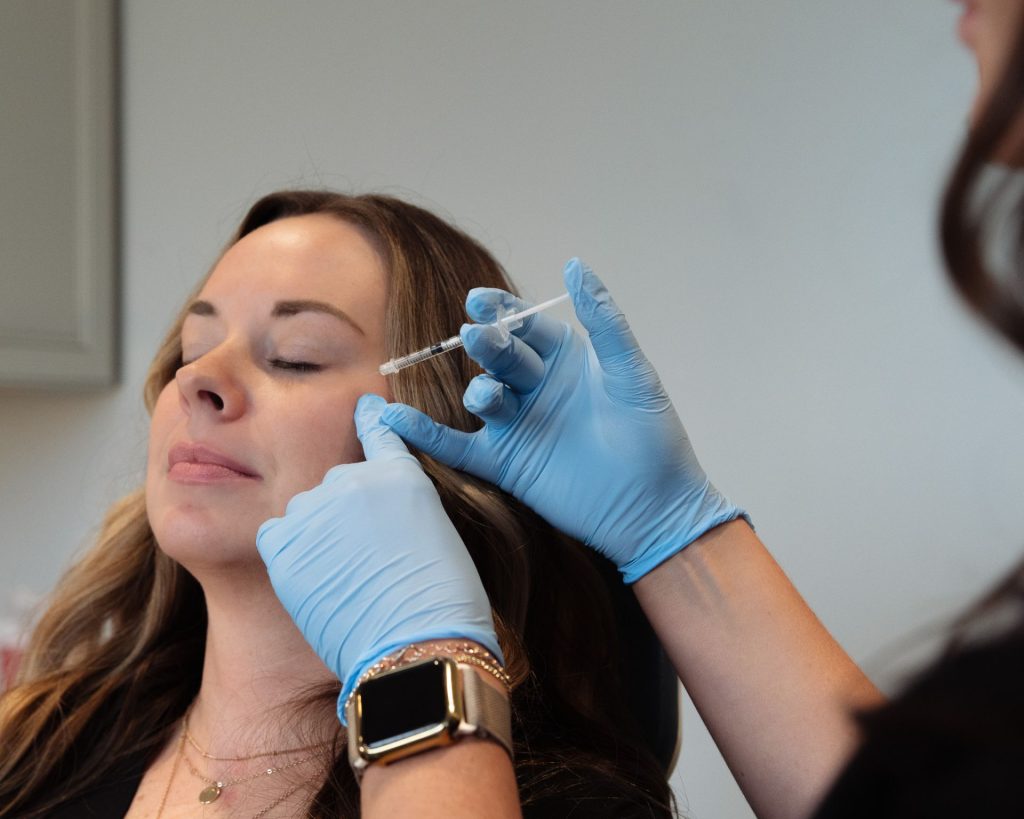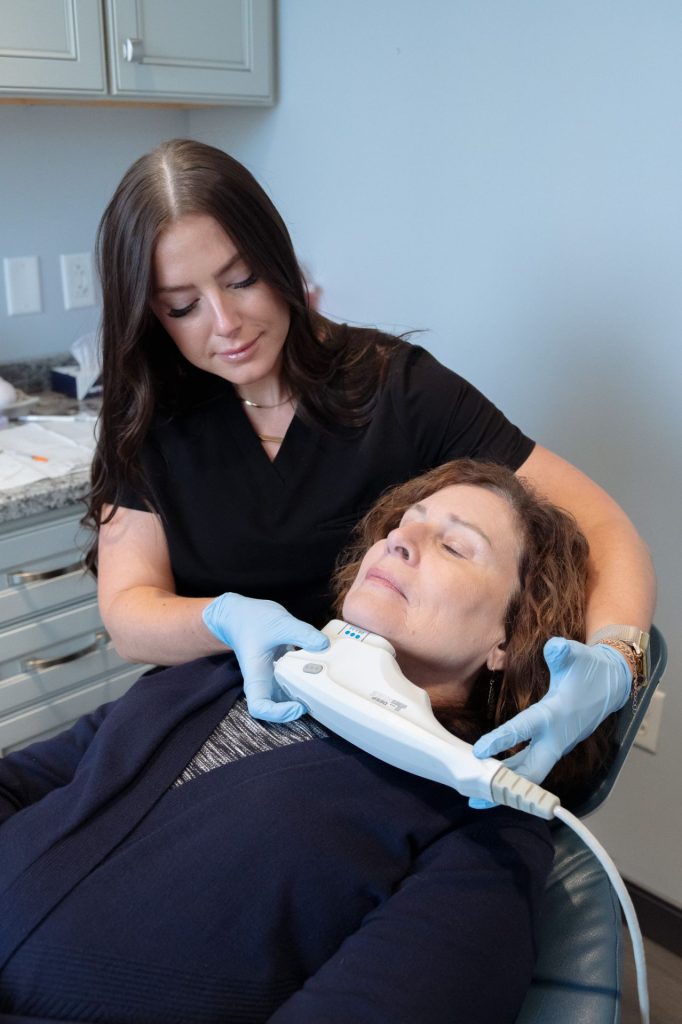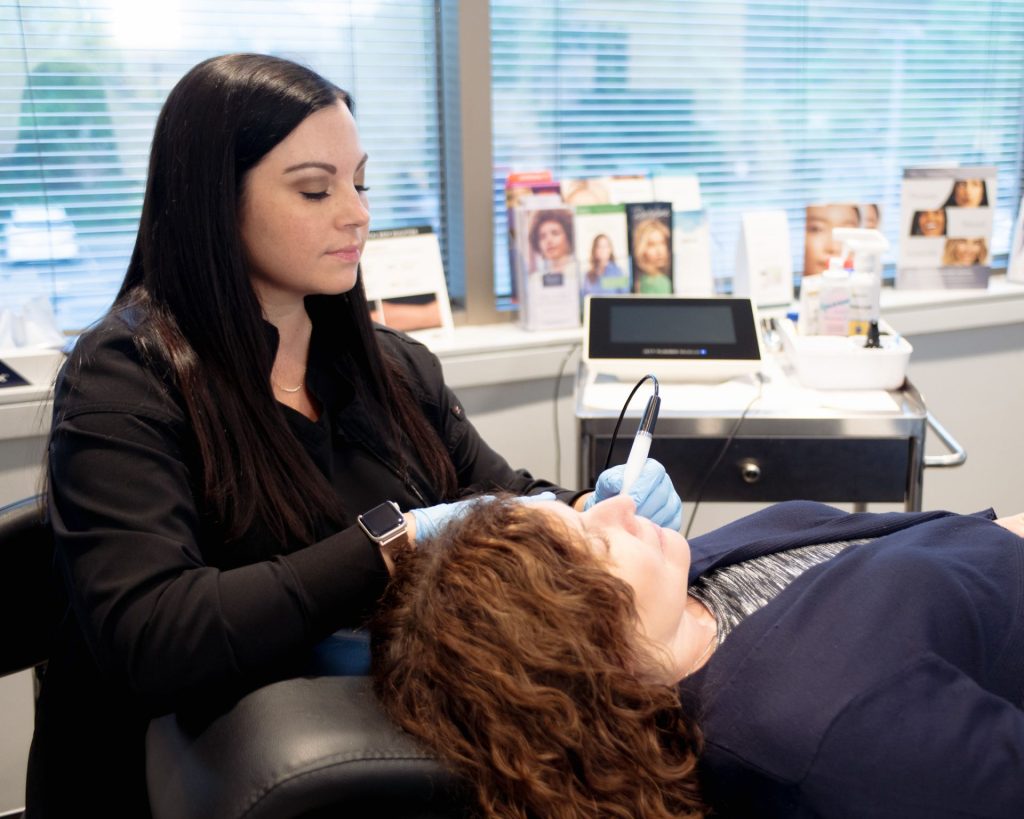Dermal fillers are injectable treatments that can restore volume loss, reduce wrinkling and enhance facial features. Most fillers contain hyaluronic acid, a naturally occurring substance in the body that attracts and retains moisture.
As we age, our body’s naturally-occurring hyaluronic acid levels decrease, resulting in sagging skin, thinner lips, sunken cheeks, and wrinkles. Hyaluronic acid fillers help restore that moisture and add additional fullness.
Frequently Asked Questions
-
For 7-10 days before your procedure, do not take aspirin or other non-steroidal anti-inflammatory drugs such as Advil, Ibuprofen, Motrin, Fish oil, Nuprin®, Aleve®, Ginkgo Biloba, St. John’s Wort, or high doses of vitamin E. These may increase any bleeding and bruising risks.
Alcohol should be avoided 24 hours before the procedure to prevent bleeding and bruising at the treated site(s).
You can take Tylenol® (if not contraindicated) 1 hour before your appointment to ease any discomfort you may feel.
Sunburned skin is difficult to treat so you should avoid any exposure to the sun.
Be sure to tell your provider about all medications you are taking, including supplements and your medical history. -
The injector will discuss your aesthetic concerns and take a detailed medical history. A topical anesthetic will be used to numb the injection site before treatment to reduce injection pain. Next, the filler is injected just underneath the skin. The effects of fillers can typically be seen immediately, depending on the type injected. After treatment, you can resume normal activities, but you should avoid any exercise and strenuous activities for several days.
-
Every patient is different, but the anticipation of what you think it will be is always the worst part. For extra peace of mind, we offer topical numbing to provide a pain-free experience.
-
Facial treatments should not be resumed for 14 days post procedure.
-
Taking care of your skin and overall health will help you maintain your treatment results. Dermal fillers can also last longer by limiting sun exposure.






